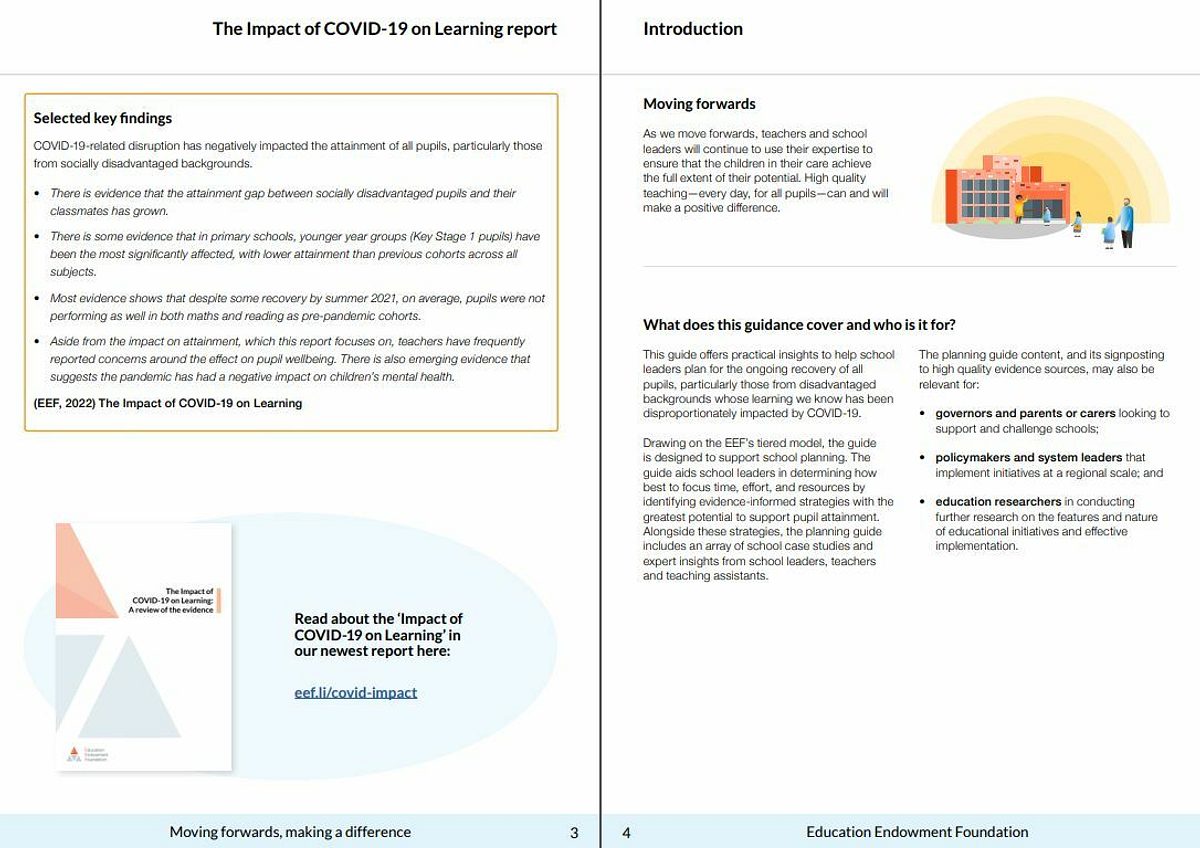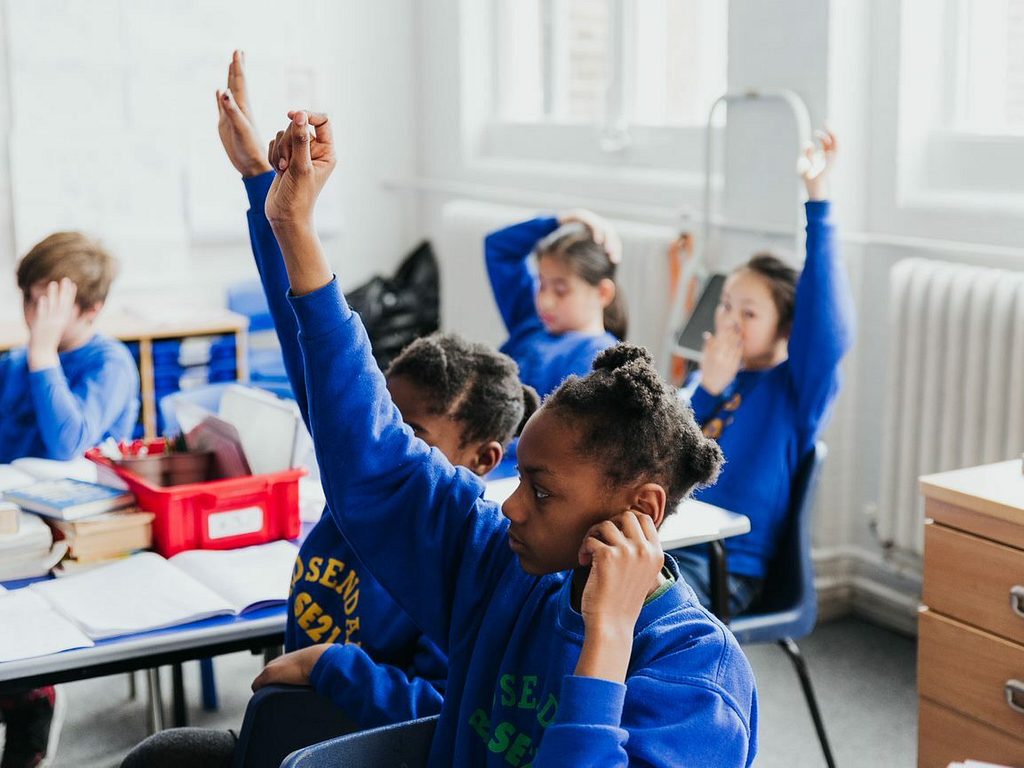Ask any teacher right now about pupil wellbeing and mental health and you will hear mix of concern for some pupils and positive progress for others. The EEF’s Moving Forwards school planning document includes a wider strategies section which recommends the explicit teaching of Social and Emotional Learning (SEL)as an important protective factor for children’s wellbeing and part of teachers’ ongoing support for their pupils in the wake of Covid-19.

The EEF’s guidance report on this area is aimed at primary schools, but there are so many principles within that are helpful to secondary schools. The importance of these five core competencies echoes regardless of the setting, but I wonder how deliberate we are at teaching, modelling and reflecting on these at the moment?

In my school, we have decided this is not a time for wholesale new strategies. This is not a time for significant change. This is a time to refine what busy colleagues are already doing.
Offering social and emotional learning support
There are links we can make between SEL and our wider work in school. Small, manageable practices can matter. For instance, greeting pupils at the door is well embedded for us as part of our daily routines, which we purposefully reset when our children returned to the classroom. Teachers can have these non-learning related interactions, recognising and naming the emotions pupils are experiencing and praising their successes.
When a child is struggling it is natural to assume the role of listener, but we can also maximise the impact of those interactions, providing one-to-one support, recognising the power of naming emotions and sharing practical strategies to help them cope with their feelings. These individual connections are vital for those children who need them most and professional expertise is required to help build them.
Offering discussion time in staff meetings in which to share practice around being deliberate in our interactions is also important, so that meaningful SEL support is embedded at this challenging time.
How else can we incorporate Social and Emotional Learning in the school day?
Teachers are constantly modelling constructive choices about personal behaviour and social interactions; identifying problems, analysing solutions, reflecting on choices. Do we articulate and scaffold this clearly? Do we seize teachable moments when they present themselves in this context?
For example, our peer reading tutoring involves older pupils working with younger peers, consolidating vocabulary and comprehension strategies. How can we make explicit links to social awareness and relationship skills for these interactions? This presents the opportunity for pupils to empathise, take on the perspective of their peers and seek help from them when needed.
As teachers, it is great to see resilience in our young people and development of these core skills grow for so many. Whether it be through our school celebrations, music and drama performances, outdoor adventurous expeditions, or our everyday interactions. Explicit teaching of SEL and promoting protective factors can be integrated into the school day.
Let’s end with a challenge for us all: where can we deliberately demonstrate these five core competencies for our young people in our everyday at school?

Guidance Reports
Improving Social and Emotional Learning in Primary Schools

Blog
EEF blog: Moving Forwards, Making a Difference

